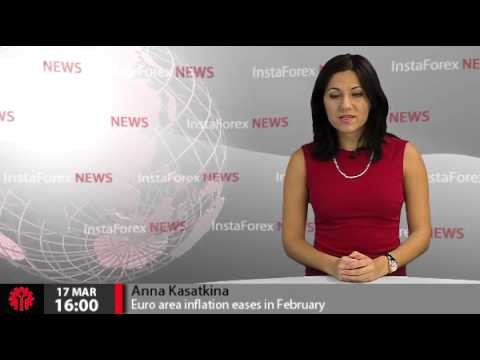WRAPUP 1Weak profit margins dampen inflation in February
Post on: 3 Июль, 2015 No Comment

* Producer prices fall 0.5 percent in February
* Trade services decline by a record 1.5 percent
* PPI excluding food, energy and trade services unchanged
WASHINGTON, March 13 (Reuters) — U.S. producer prices unexpectedly fell in February on weak profit margins for trade services, pointing to tame inflation that could argue against an anticipated June interest rate hike from the Federal Reserve.
The Labor Department said on Friday its producer price index for final demand fell 0.5 percent after dropping 0.8 percent in January. It was the fourth straight monthly decline in the PPI.
In the 12 months through February, producer prices fell 0.6 percent, the first drop since the series was revamped in 2009, after being unchanged in January.
Economists polled by Reuters had forecast the PPI rising 0.3 percent last month and remaining unchanged from a year ago.
The underlying message appears to be that pipeline inflationary pressures remain quite weak, even as energy prices have stabilized and gasoline prices have drifted modestly higher, said Millan Mulraine, deputy chief economist at TD Securities in New York.
U.S. Treasury prices turned up, with yields on the 30-year and 10-year bonds touching session lows after the data. The dollar pared its gains against a basket of currencies, while U.S. stock index futures were pointing to a weaker open.
Services accounted for 70 percent of the decline in the PPI last month. The volatile trade services component, which mostly reflects profit margins, fell a record 1.5 percent in February, after rising 0.5 percent in January.
It was pulled down by a 13.4 percent drop in margins at gasoline service stations. Profit margins also fell for apparel, footwear and jewelry retailers, as well as for food and alcohol.
There also were declines in machinery, equipment, parts and supplies wholesale margins, signs that a strong dollar was helping to keep a lid on inflation.
A 1.5 percent drop in transportation and warehousing services also weighed on producer prices last month.
Energy prices, which had been a drag on producer inflation in recent months, were unchanged in February.
A key measure of underlying producer price pressures that excludes food, energy and trade services was unchanged after a record 0.3 percent drop in January.
The low inflation environment could prompt the Fed to hold off on raising interest rates until much later than expected this year, despite a tightening labor market.
Fed Chair Janet Yellen said last month that the U.S. central bank’s policy-setting committee needs to be reasonably confident that over the medium-term, inflation will move up toward its 2 percent objective before starting to raise rates.
The Fed has kept its key short-term interest rate near zero since December 2008. Its Federal Open Market Committee will meet next Tuesday and Wednesday to deliberate on policy.
Given that this will be the last piece of actual inflation data that the Fed will see before the FOMC meeting next week, it will likely bolster the dove’s case for caution, Mulraine said.
(Reporting by Lucia Mutikani; Editing by Paul Simao)














